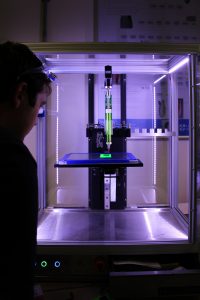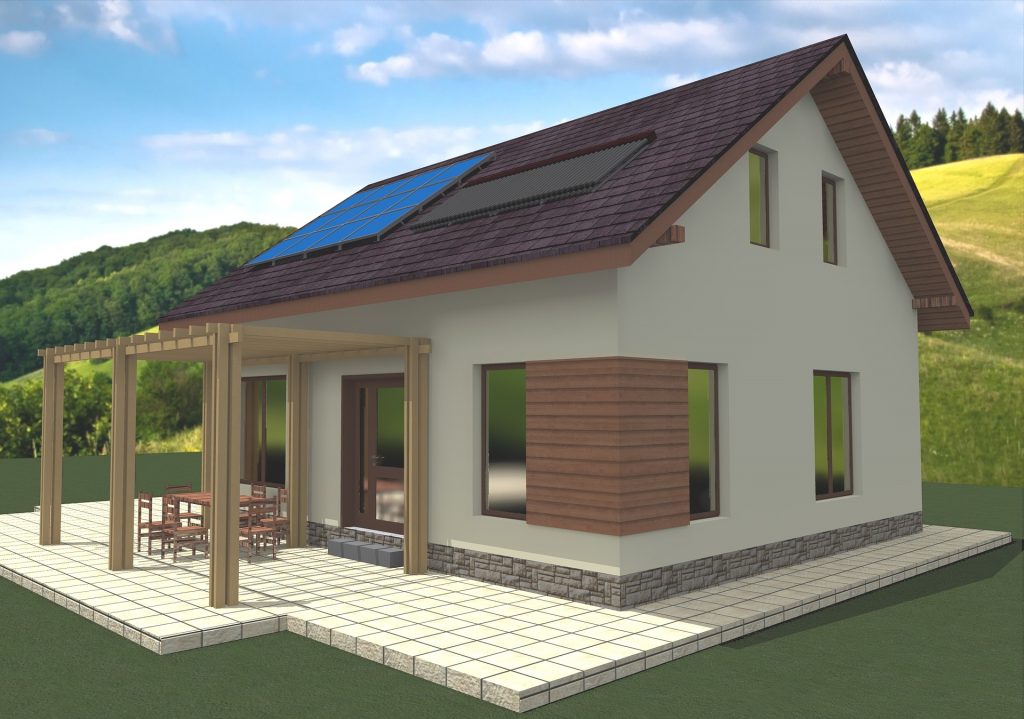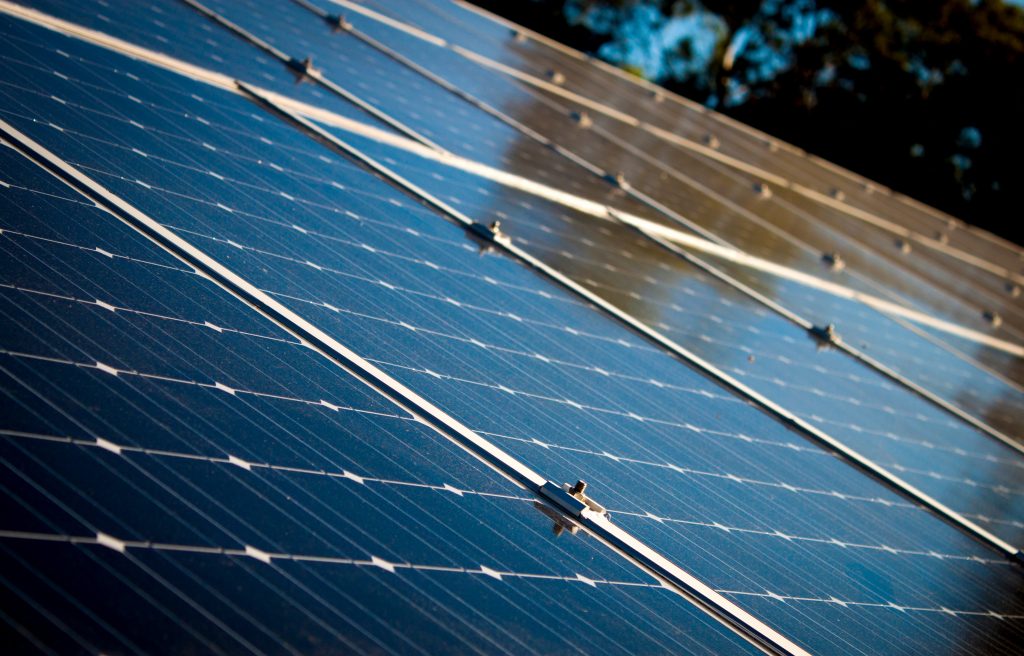3D Printing in the Solar Industry
3D printing is showing up in nearly every industry. It was only a matter of time until someone made the connection between 3D printing and solar technology. Traditional solar cells start as polysilicon which is melted and infused with boron to create a semiconductor. Then wafers of silicon are added to the surface and etched, and electrical contacts are imprinted on the surface. From there, each cell can be tested and assembled into a finished solar panel.
3D printing removes most of these steps. The base is a transparent plastic sheet. A 3D printer lays down each layer, from the semiconducting ink to the surface, to create cells that are 200 microns thick, or about four times the thickness of a human hair.
If you’re looking for a long-term solution for solar energy, 3D printed panels aren’t the best option — yet. Right now they’re less efficient than traditional solar panels and don’t last as long, but they make up for this lack of longevity in cost. Twenty-one square meters of solar panels could cost you upwards of $5,000. You can purchase 200 square meters of 3D printed panels for around $2,000.
3D printed panels may not last as long but according to industry experts, they can capture 20% more sunlight and cost 50% less than traditional panels.
Bringing More Solar Into the States
According to the Solar Energy Industries Association, American businesses alone added more than 14.5 gigawatts of solar energy to the overall infrastructure in 2017, nearly double the 7.5 gigawatts installed in 2015. This doesn’t even include the thousands of home-based systems installed during the same period.
Adding solar energy to your business doesn’t just help you reduce overhead costs — though it will drop your monthly power bill dramatically. It helps to make you more energy independent, reduce your carbon footprint and can even improve your bottom line due to tax benefits and incentives offered by state and federal governments.
The Future of 3D Printed Solar Panels
If you’re looking for a long-term solar solution, 3D printed solar panels aren’t the best option for you, at least not yet. Give the technology a couple more years to mature and we may find that these 3D printed panels will be more efficient and last longer than traditional panels. Making solar more affordable could be the push the American public needs to make the switch from fossil fuel power to greener alternatives. It’s certainly a step in the right direction.
Subscribe to Our Email Newsletter
Stay up-to-date on all the latest news from the 3D printing industry and receive information and offers from third party vendors.
You May Also Like
Blue Laser Firm NUBURU Explores Strategic Alternatives Amid NYSE Compliance Challenges
In a strategic move reflecting the current macroeconomic landscape, NUBURU, Inc. (NYSE American: BURU), a pioneer in industrial blue laser technology, has announced its decision to explore a wide array...
Flexible Wireless Temperature Sensor Made with 3D Printing
Researchers from the University of Glasgow, University of Southampton, and Loughborough University have developed an innovative flexible temperature sensor utilizing microwaves and 3D printing technology. As detailed in an article...
3D Printing Laser Maker NUBURU Faces NYSE American Compliance Challenge
NUBURU (NYSE American: BURU), known for its innovative high-power and high-brightness industrial blue laser technology, has received a non-compliance notice from the NYSE American, formerly the American Stock Exchange (AMEX)....
3D Printing Resilience: the Case of Fiber Lasers
Since at least 2020, additive manufacturing (AM) has become more and more synonymous with the concept of supply chain resilience. In 2024, there is almost guaranteed to be a striking...


































